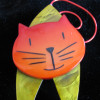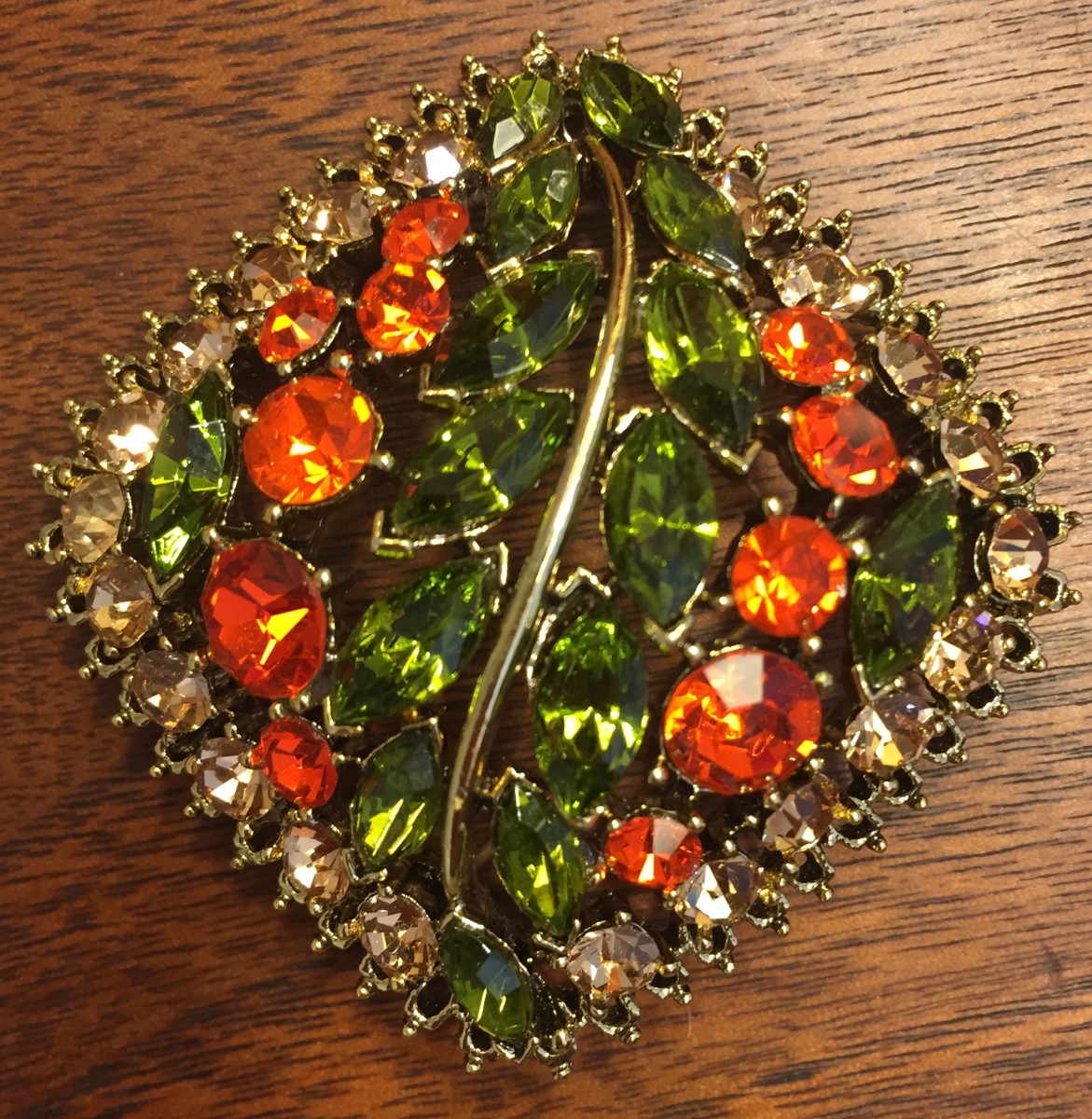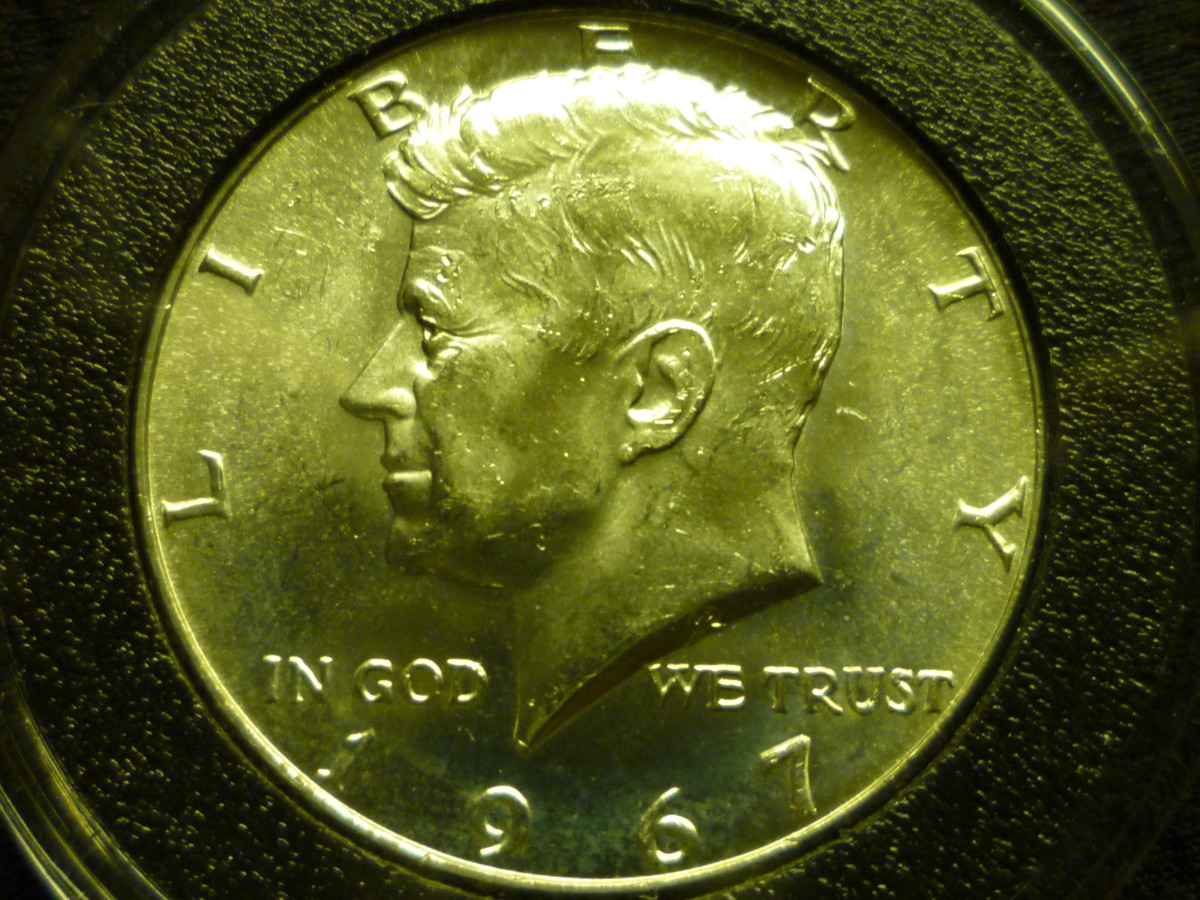How to Sell Antiques on eBay

A guide to successful selling on eBay
Got antiques to sell? Don't know where to sell them? eBay is the world's largest marketplace for antiques and collectibles. There is no better place to connect your antiques with collectors who want them. Many people, who have never tried eBay, are intimidated by it. Never fear. This guide will help you understand how to list your items and deal with buyers for maximum success.
All images are the property of Diane Cass and can only be used by permission.
Beautiful seller.

Getting started on eBay
Begin by opening an account, if you don't already have one.
Next, open an account with Paypal, if you don't already have one of those either.
Paypal is the approved method of payment on eBay. You can acceopt other forms of payment, but the transactions won't be protected by eBay's policies if something goes wrong. I highly recommend doing business only with Paypal as your money handler. All other merchant venues are risky.
Summary of steps
The following is a short summary of the steps involved in listing an item on eBay. Each step is explained in detail further down in this article, if you need more information.
How to create an eBay listing
- Take pictures of your item.
- Research background, maker, history and use of your item.
- Craft a listing, beginning with a carefully worded title.
- Describe your item fully, including all flaws. Run a spellcheck to catch any typos.
- Upload images in to listing.
- Set the auction style and duration,
- Weigh your item and choose your shipping method and whether you will accept US only or worldwide buyers.
- Check your listing for errors and submit when done.
Books for eBay sellers
I've found books on eBay selling to be very helpful. These experts can give you great tips to help you be successful and to avoid the pitfalls of doing business on eBay.
This listing was a winner!

Photographing your item.
A great photo is the second best thing you can do to get attention on eBay. Not only are photos the visual advertisement for your listing, but photos show up on image searches on Google, bringing additional traffic to you item. Take LOTS of photos. help the buyer feel like they are looking at it in a store. Here are a few things to keep in mind when taking photos.
1 - Use a simple, black or white background. Black for light colored objects and white for dark ones. Never...EVER...use a patterned background, or the kitchen table with all the stuff in the china cabinet behind it or lace tablecloth. Patterns ruin a picture, making the item hard to see amongst the clutter. A plain, black or white background (I achieve this with a drape of fabric) cancels out all the visual "noise" and lets your item show up clear and center stage.
2 - Use proper lighting. Generally, I use spot lighting from something like a gooseneck table lamp, rather than my camera's flash. Camera flashes tend to be too harsh and wash out all color or reflect back making white patches in your image.
3 - Get as close as possible for a nice tight image. The picture should be mostly of the object, not the background. Take macro shots (super close-ups) of details and identifying marks.
4 - Make sure your images are in focus. The potential buyer wants to see your item. An out of focus picture says more about you then the item you are trying to sell. It tells the buyer that you didn't care enough to show him the item, so why should he care about buying it. Out of focus pictures are very off-putting.
5 - Name your Image Files. Change your image file names to words you are using in your title. So, if you are selling a Nippon china vase, name your file that. This again, will help bring in traffic from Goggle searches, not just searches on eBay.
Antique sterling silver is always a winner.
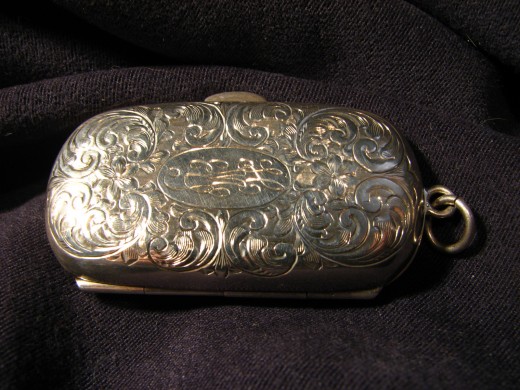
Research your item.
I can't stress enough the importance of knowing what your item is. The more you know, the more your buyers will trust you, and you will usually get a better price because of it. All it usually takes is a few minutes on Google, or even on eBay itself, to find out more about your item. Look at other eBay listings of your item. Go to the completed listings. View the ones that sold for good prices and see what those sellers did, and said about it. Learning from success is always a good practice.
1 - Research maker. Knowing whether your silver ink pot was made by Tiffany, an English silversmith or an American maker can make a BIG difference in price.
2 - Understand the items history if possible. If you can tell your buyer that an item was made by XYZ inc, which was only in business from 1898 to 1910, not only does this date the piece, but it helps the buyer feel that you are knowledgeable and can be trusted.
3 - Inform the buyer about its use if possible. Finding out what your item is, and how it is used can be educational for a buyer. Helping them understand their item helps them feel more of a connection with it and can both increase the possibility of a sale, and result in a satisfied buyer.
Research Item maker, descriptions and sales history on eBay.
Use eBay as a resource to see how your item sells. If you don't know a lot about your item, you can also find out more about it there. Other more knowledgeable sellers may already have information about your item that you can learn from I have used this technique to find out what something is called, its uses, maker's name, and history. Always use the "completed listings" to only look at items that have SOLD! That will tell you what it is really selling for, and often why it is selling for that much. An item in better condition, or with additional features will usually sell for more.
Another silver winner.
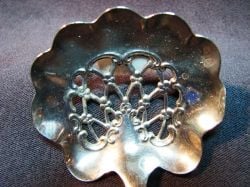
Craft a title.
The wording you use in your title is the single most important factor in bringing people to your item. If you use the wrong words, or don't call an item by its name you can lose potential buyers. Think of your title as exclusive real estate. Only the most worthy words can go there.
For instance, don't list an antique silver bon bon spoon as just an antique silver spoon. List is as "Sterling Silver Victorian Bonbon Spoon Hyperion Gorham 1908"
Notice that the "title" is not a sentence. Your goal is not to craft a clever sentence. It is to get as many words as possible into the space provided using terms that buyers will use to search for your item. Buyers will look for "Victorian spoon", or "Gorham sterling spoon", "Sterling Bon Bon" not "beautiful" or "fabulous or any other superfluous adjectives. Don't use words like "WoW" or cutesy graphics. They would just waste your important real estate.
Include these items in your title:
1 - Item name (properly identify what it is).
2 - Name of maker or author.
3 - Important details, such as: era (Victorian), color (ruby or cobalt), style, material made of, date of item, size or shape.
4 - Pattern name, if known.
Describe condition in detail.

Describe your item in great detail
Details, Details! They matter in your listings. Share your knowledge with your buyers. It makes a difference in their level of trust. Tell your buyers:
Who made it.
When it was made.
What it is used for.
Historical importance.
Size, shape, color
What is included with the item, or identify all parts
AND...
The flaws! Yes, always include any flaws in your description. Is is scratched? Does it show wear? Is anything missing? Tell your buyers. If you fully disclose EVERYTHING about your item you minimize the risk of having a buyer reject it do to the dreaded "Not as described" complaint. Also back it up with photos. If you did your job, eBay will back you fully and will not require you to give a refund. if you failed to fully describe your item, you will likely have to accept a return.
Encourage your buyers to ask questions, and state your return policy. I accept returns unless it is for "buyer's remorse". More on that in "After the sale" below.

Upload your images
eBay allows for up to 12 images per listing for free. After that it will cost you. There are image hosting sites, like Auctiva and InkFrog that allow you to use more images per listing. Most of these services have a small monthly cost involved. If you are only going to sell a few things, just use the listing tool that eBay provides. If you plan on selling on a full or part time bases, you might want to consider using a listing service. They have management systems that really make them worth the cost to use them.
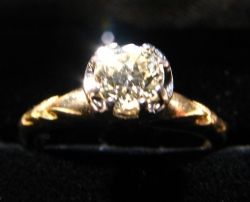
Set auction style
eBay allows for a number of different ways to sell your item. They are as follows:
Auction - Set a starting price (lower starting prices encourage early bidding) and duration of the auction. eBay allows for 3 day, 7 day or 10 day auctions. 7 day auctions are used the most. 3 day auctions are good for quick selling itmes like gold scrap. 10 day auction are better for things that need to build a following before the sale.
Buy it Now - Set a price that you want to sell your item for and let it sit for up to 29 days. If it doesn't sell during that time, you can relist it.
Reserve or not to reserve? If setting a price for a Buy it Now listing is intimidating for you, but you have a price in mind that you want to get for your item, you can list it as an auction with a reserve. Start the auctino with a lower price and set the reserve price you want. Just know that buyers don't like reserves. Using this option may reduce the amount of bidders you get in your auction.
Best Offer - There is an option for you to check if you would accept an offer from a buyer. If you don't want this function, don't check that box. If you are using a Buy in Now listing, this can be a good option if you want to set a high price, but might take a lower one. It could bring a bidder and help you make a sale.
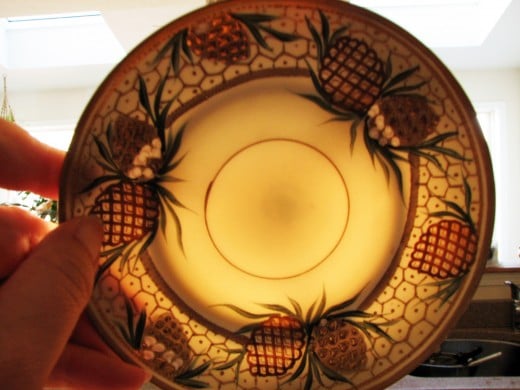
Weigh your item
It is a good idea to weigh your item with a postal scale before listing it. The easiest way to let your buyers know what their shipping costs will be is to use the auto calculator built into eBay. You have to input the weight and measure the package in order for it to work, but if you do this, it will figure out the postage cost for you.
Other shipping options to decide on are:
- Shipping and Handling charges (I charge .50 to cover my costs of shipping materials)
- Free Shipping (I use this option for small, items that are valuable...like jewelry)
- Domestic and International. Decide if you want to restrict buyers to the US only or open it up to the world.
No matter what you do, always ALWAYS use Delivery Confirmation when shipping within the US, and put insurance on valuable items. This protects you as well as the buyer. Printing shipping labels through eBay's tool allows for a discount on this charge.
If you decide to open your listing to international buyers, be aware that packages shipped with "Delivery Confirmation", or insurance from the UP postal service ONLY APPLIES TO DOMESTIC SHIPPING! Once the package leaves US soil, your item CANNOT be tracked, and the Post Office will not honor insurance claims or liability for lost packages. Consider other shipping carriers who can track, and guarantee delivery. It will cost more though, and many buyers will refuse to pay the higher shipping costs. You decide if it is worth the risk to go cheap.
During the auction period
Keep an eye on your auction. eBay's tools let you see how much traffic your auction is getting and who is watching the auction. Answer any questions buyers ask promptly and courteously. If you notice a mistake in your listing, you can cancel it and redo it, as long as there are no bids on it. Generally, if that happens, I edit the listing with the new information, let the auction run to it's conclusion and I inform the auction winner of the mistake, in case they didn't see it. At that point, they can decide to continue purchasing or decline. You can mutually agree to cancel the transaction and you can start over.
After the auction: Part 1
Completing the transaction and shipping
Contact your buyer immediately after the auction. Congratulate them for winning and let them know when you will ship their item. Two business days AFTER payment is received is the usual shipping time frame.
Once payment has been received, Pack your item carefully (use lots of bubblewrap for fragile items) and ship in a timely manner.
Most of the time you will never hear from your buyers again, unless they leave you feedback, which doesn't always occur. Sometimes people will contact you and tell you how much they love the item and thank you for it. Those are the really happy sales that make me want to do it again and again. I feel like I'm finding good homes for lost items and it makes me happy to find them a new family to love them.
After the auction: Part 2
Dealing with an unhappy customer
There are steps that you can take to make the purchase of your item go smoothly. Being pleasant to your customer is paramount, even if they are not being nice to you. If you did everything right, and especially if you fully described your item and posted great pictures, you should have few problems. I practice all of the tips I gave you and in over 1,000 sales on eBay I have had fewer than 10 problems with buyers. It was always decided in my favor because of the attention I pay to doing it right.
In spite of your best efforts, though, you will occasionally run into a nasty customer. In my experience, they are usually other sellers on eBay. The usual complaint they use to try to get out of a transaction is "Not as Described". They will try to make a big deal out of a non-existent or minor issue and try to get their money back. This is usually a simple case of "buyer's remorse", which is NOT a reason for a refund according to eBay's policies. See why it is so important to describe EVERYTHING about your item, and give good, close-up pictures?
If you get a complaint, take the following steps:
1 - Never offer partial refunds. It is a ploy by some buyers to pay less than the winning bid. It is also against eBay policy. Either offer a FULL refund upon return of the item or no refund at all if you feel there is no reason to justify it.
2 - Be polite in all of your correspondence, in spite of the buyer's behavior. Only use the eBay messaging system...not private email. eBay will read ALL communications between you and the buyer and if you are being belligerent or hostile, it will not go well for you.
3 - Offer a FULL refund upon receipt of the item, if you wish. Sometimes it just isn't worth the fight. It is up to you. I can tell you that the few times I have taken returns, I have nearly always resold the item for more.
4 - Try to work it out with the buyer yourself. Don't bring eBay into it unless the buyer is being really nasty and unreasonable.
5 - If the buyer escalates the issue into a fight and files a claim against you, Call eBay immediately. Go to customer support. Follow the links pertaining to your issue. Eventually you may get a link to an actual phone number to call eBay about your issue. They make it hard to find, but it is there. Once you get an eBay person on the line, tell them your issue and try to get them to commit an answer to you, whether you are right or wrong according to eBay policy. Get the representative's name and the reference number for your conversation (all conversations are recorded). That will help you if you need to talk to another representative later on.
6 - Resolve the issue according to eBay's policies, whether that means a refund or not.
7 - Block that buyer from being able to ever buy from you again. You can find how to do this in the Customer Support section.
Do you buy or sell on eBay? What is your favorite thing about eBay? Tell us the story of your best bargain, your greatest sale? We'd love to hear about it.
This content is accurate and true to the best of the author’s knowledge and is not meant to substitute for formal and individualized advice from a qualified professional.
© 2013 Diane Cass
